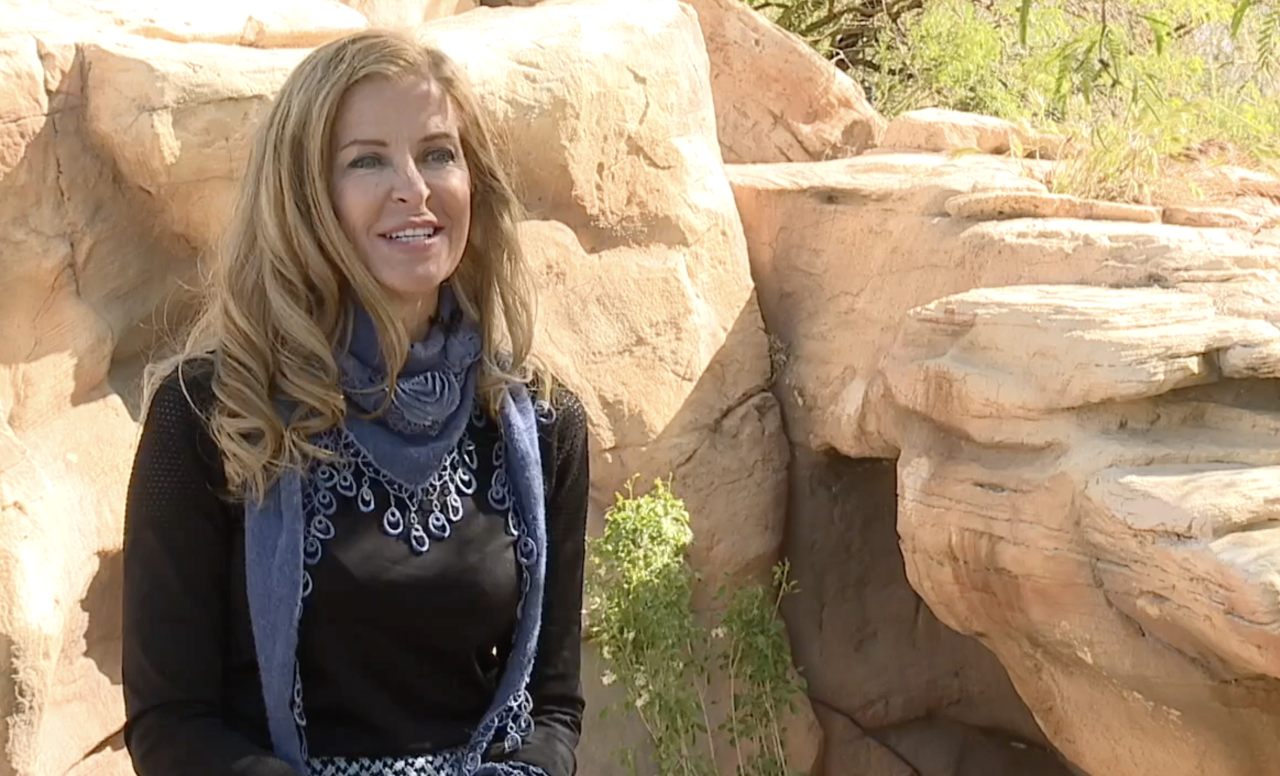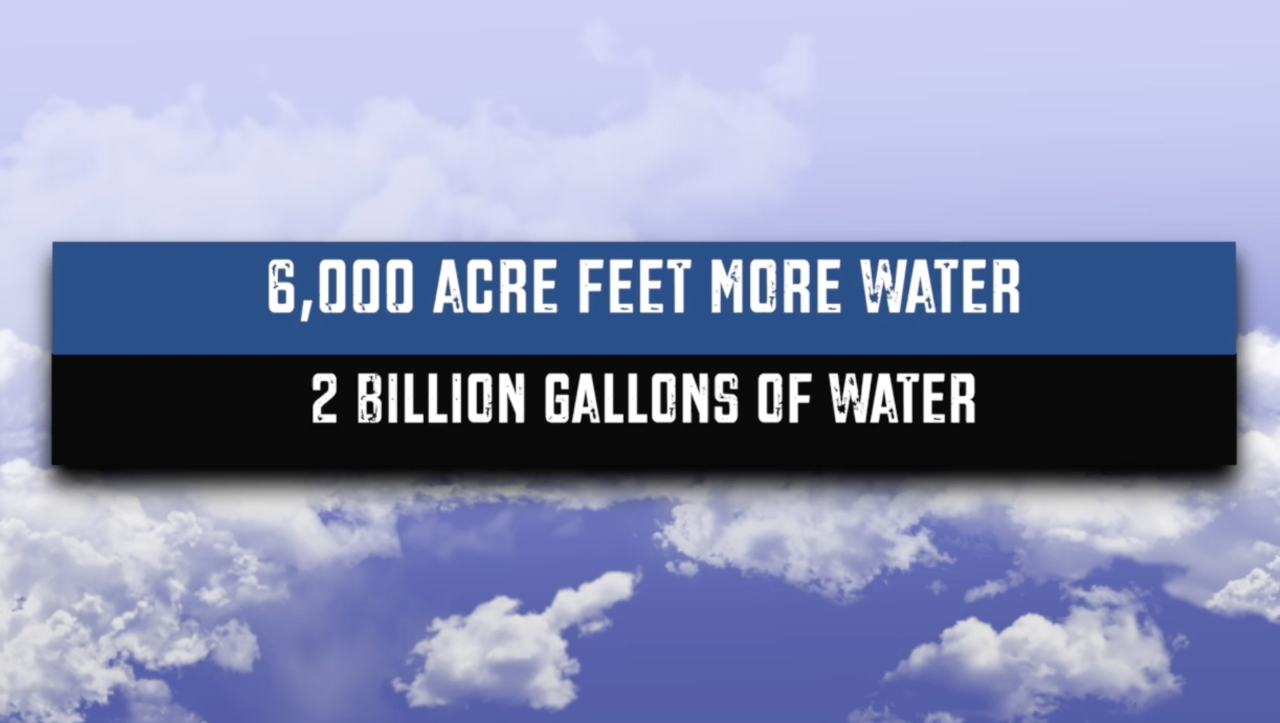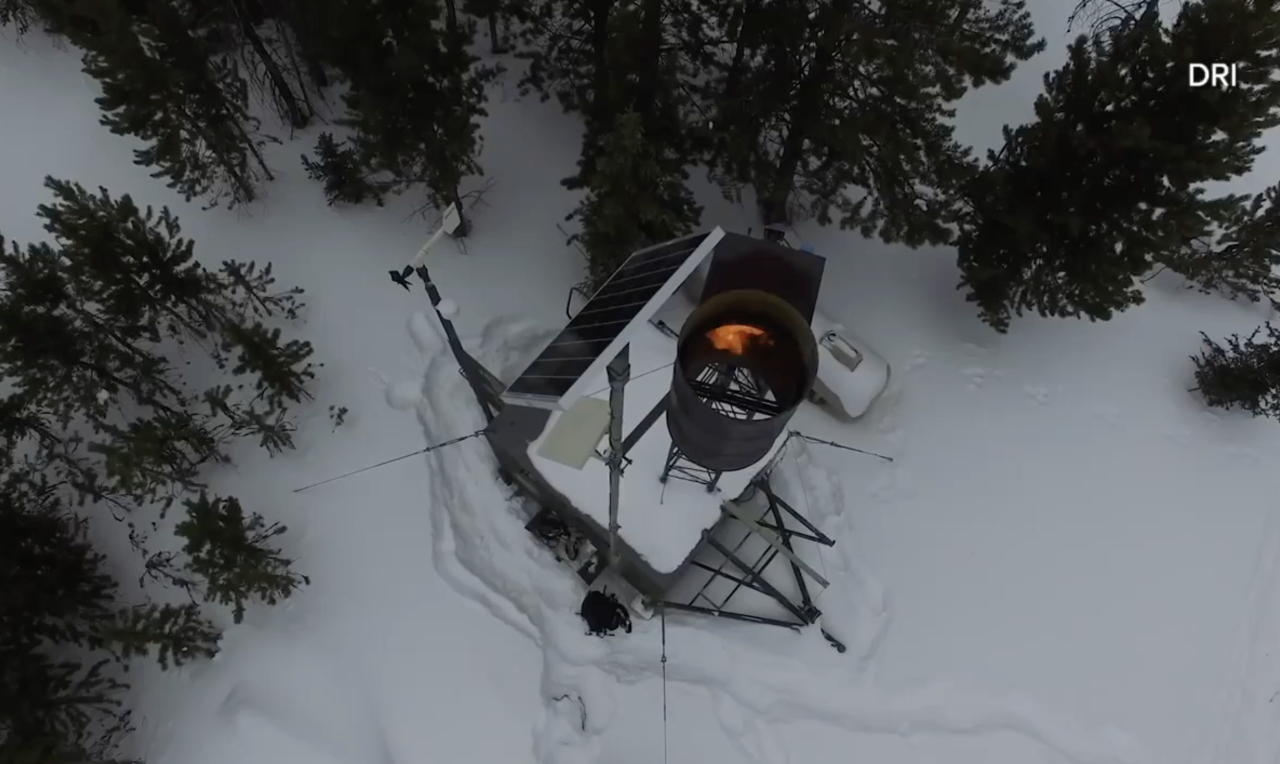LAS VEGAS (KTNV) — If you've been out to Red Rock Canyon recently, you've probably noticed a lot more greenery than usual. A local land and water specialist tells Channel 13 cloud seeding may be part of the reason why.
While this year's wet winter is undeniably a major factor in that change, cloud seeding efforts are partially to thank, said Pauline Van Betten, a land and water specialist with conservation organization Save Red Rock.
Channel 13 last spoke with Van Betten during extreme drought conditions last summer. At the time, Save Red Rock had just announced a partnership with the Desert Research Institute to expand cloud seeding efforts from the Spring Mountains to Red Rock Canyon.
This winter was very successful in that effort, Van Betten explained.

"We were able to squeeze out some additional rain from all those storms that Mother Nature sent us," Van Betten said.
DROUGHT IMPACT: How much has wet winter weather impacted drought conditions in Nevada?
Since this cloud seeding project started, Red Rock Canyon got 6,000 more acre feet of water, Van Betten adds. That's nearly 2 billion gallons — enough water to fill about 100,000 average-sized swimming pools.
“This is something that can help to mitigate the damages of drought and to squeeze out every drop that nature does provide to us," Van Betten said.

So, how does cloud seeding work?
Generators finely crush up silver iodide, a natural, non-toxic compound, and release it into clouds. Under the right conditions, the chemical compound activates ice particles in the clouds, increasing the likelihood of snow or rainfall.
“These years, with the really big number of storms, the cloud seeding adds a significant amount of precipitation," said Frank McDonough, cloud seeding program director with the Desert Research Institute.

Cloud seeding has been done in Nevada since the 1960s, McDonough explained. The latest project targeting Lee Canyon generated more than 5,500 acre-feet of water — approximately 1.8 billion gallons.
“We can claim maybe up to about 10% of the snowpack in the targeted areas," McDonough said.
Van Betten adds that a bill was recently introduced to get more federal funding toward cloud seeding efforts in Southern Nevada.
More reporting on Southern Nevada's drought conditions from Abel Garcia:
- Large-scale grass removals ramp up as Las Vegas valley water crisis deepens
- Lake Mead water intake straw to be lowered as Southern Nevada leaders eye water restrictions
- How snowpack could help the water levels at Lake Mead
THE POWER OF WATER: Channel 13 and ABC News kick off a week of coverage with stories ranging from conservation to pollution, drought, and everything in between. Tune in Thursday, April 20 at 6:30 p.m.













